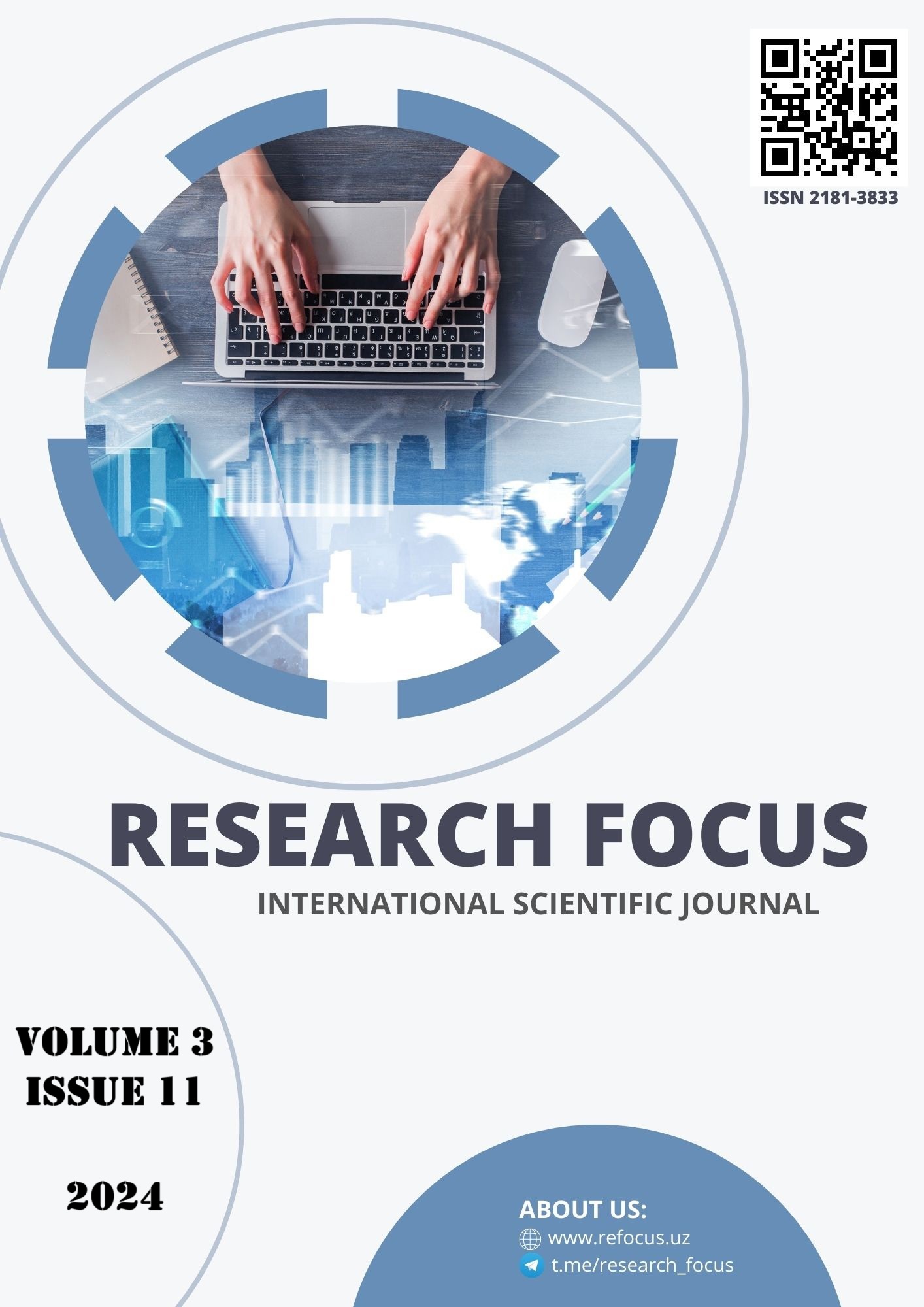USE OF STEAM EDUCATIONAL TECHNOLOGIES IN PRIMARY SCHOOL CLASSES AS A RELEVANT PEDAGOGICAL ISSUE
Main Article Content
Abstract
The integration of STEAM (Science, Technology, Engineering, Arts, and Mathematics) education in primary school natural science teaching is essential for developing competencies that equip students with critical 21st-century skills. This paper explores the didactic requirements necessary for the effective formation of STEAM competencies in young learners. It examines the interdisciplinary teaching strategies that blend scientific knowledge with technology, engineering, arts, and mathematics, and highlights key pedagogical approaches such as project-based learning, inquiry-based teaching, and the integration of technology. The study also identifies the challenges educators face, including resource limitations, insufficient teacher training, and rigid curriculum frameworks.
Article Details

This work is licensed under a Creative Commons Attribution 4.0 International License.
References
Bequette, J. W., & Bequette, M. B. (2012). A place for art and design education in the STEM conversation. Art Education, 65(2), 40–47. https://doi.org/10.1080/00043125.2012.11519167
Dewey, J. (1938). Experience and Education. Macmillan.
Margot, K. C., & Kettler, T. (2019). Teachers’ perception of STEM integration and education: A systematic literature review. International Journal of STEM Education, 6(1), 2. https://doi.org/10.1186/s40594-018-0151-2
National Research Council. (2011). Successful K-12 STEM Education: Identifying Effective Approaches in Science, Technology, Engineering, and Mathematics. National Academies Press.
UNESCO. (2020). Artificial Intelligence and Education: Guidance for Policy Makers. Paris: UNESCO.
Yakman, G., & Lee, H. (2012). Exploring the exemplary STEAM education in the U.S. as a practical educational framework for Korea. Journal of the Korean Association for Science Education, 32(6), 1072–1086. https://doi.org/10.14697/jkase.2012.32.6.1072
Williams, P. J. (2011). STEM education: Proceed with caution. Design and Technology Education: An International Journal, 16(1), 26–35.
Wu, S. P. W., & Anderson, R. C. (2021). Implementing robotics in elementary classrooms: Implications for STEAM education. Journal of Educational Technology & Society, 24(3), 1–13

